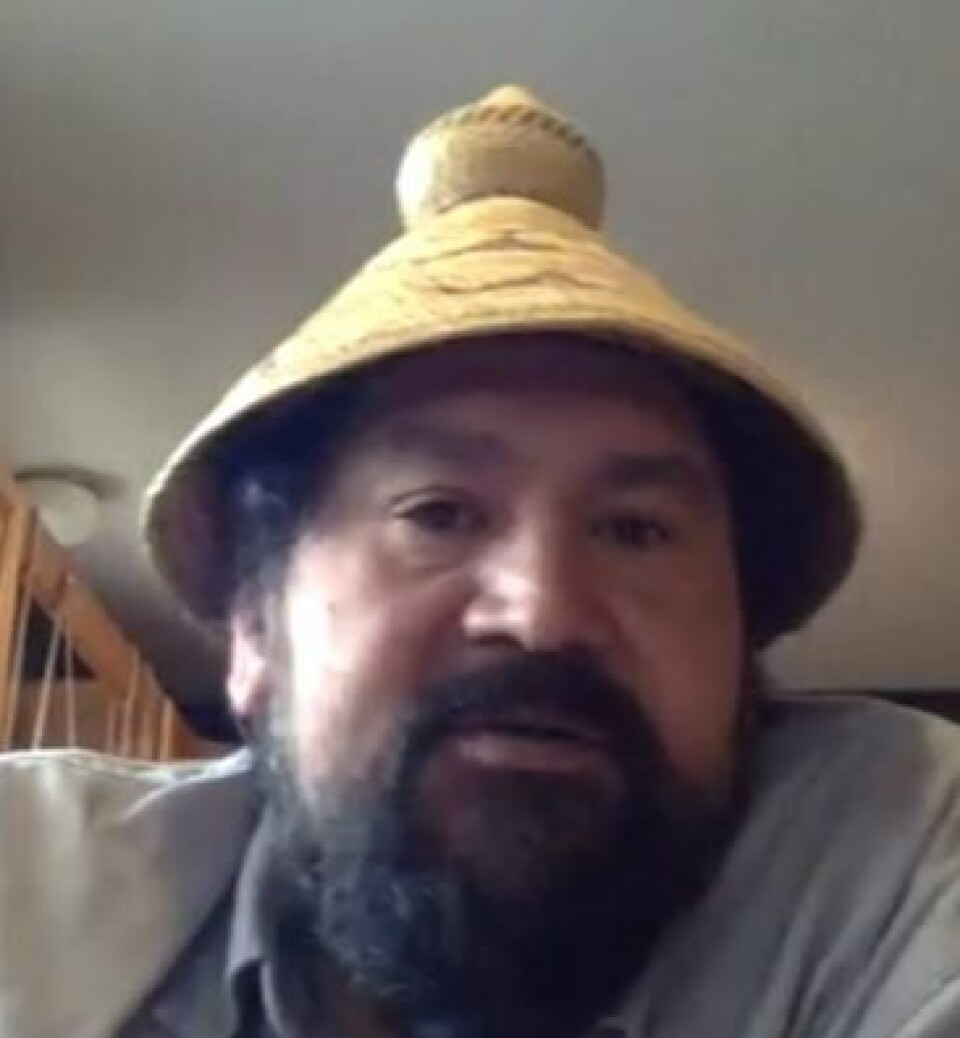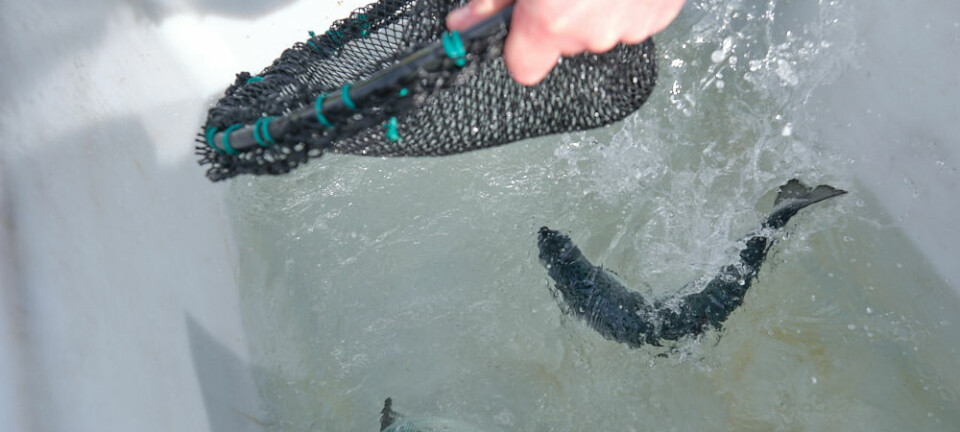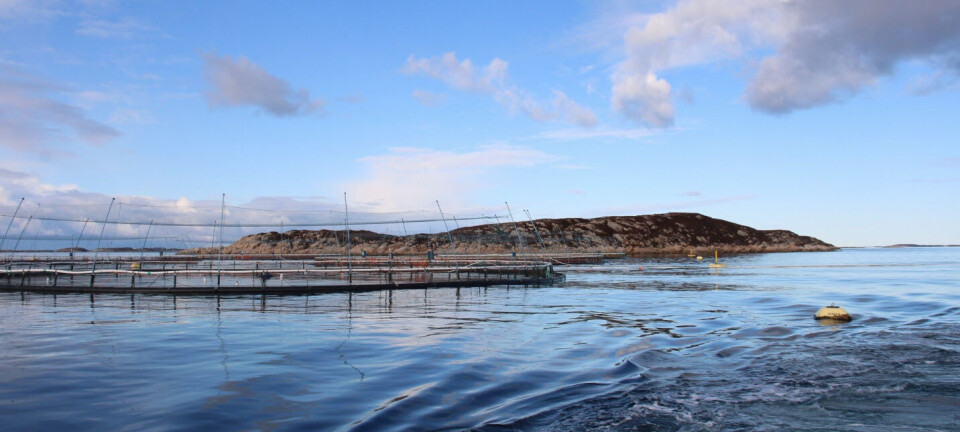
Cermaq Canada completes production cycle without mechanical delousing
Closed and semi-closed pens helped salmon farmer stick to First Nation's strict limits
Salmon farmer Cermaq Canada’s floating closed containment system played a role in the completion of a production cycle without the use of any mechanical delousing treatments, the company has said.
The fish were raised in the Ahousaht First Nation territory that encompasses much of Clayoquot Sound on the west coast of Vancouver Island, British Columbia, and farming was overseen by the Ahousaht’s Maaqutusiis Hahoulthee Stewardship Society (MHSS).
In a joint announcement, Cermaq, Ahousaht FN, and MHSS said that in 2022, Cermaq Canada conducted 56 mechanical delousing treatments to maintain an annual lice level of 1.93. Over the last 12 months Cermaq has conducted no mechanical treatments and maintained a lice level of 0.30.
Technologies and practices
Cermaq, which has 12 active marine farm sites in Ahousaht Territory supported by three land-based hatchery and broodstock facilities, told Fish Farming Expert that the reduction in sea lice on farms in Ahousaht Territory used a combination of innovative technologies and practices.
“Depending on the farm, contributions to the result of no mechanical delousing stemmed from the use of a combination of our closed containment level 1 system, our semi-closed system and various water management strategies that deliver optimal conditions in both the closed and semi-closed marine sites for our salmon.
“One in-feed treatment was administered to five sites during the cycle.
“No hydrogen peroxide or freshwater treatments were administered at any of the sites during the cycle in question.”
Closed containment
Cermaq’s closed containment level 1 system refers to its Fiizk Certus pen which contains fish in an impermeable fabric bag and draws input water from a depth of 20 metres or more, which is below the depth where most sea lice are found.
The Certus is classed as level 1 on the Department of Fisheries and Oceans’ (DFO) new scale of 1-5 for in-water closed salmon farms in BC.
Requirements for level 1 are that the pen is fully enclosed by an impermeable membrane; water drawn from at or below 20m depth; mortality must be collected; waste discharge must be point-source and directed away from sensitive habitat.
Level 2 adds on-land waste collection for treatment or disposal; level 3 further adds treatment of input water to remove pathogens/parasites; level 4 adds outgoing water treatment; and level 5 requires a fully recirculated and filtered water loop that draws minimal external water and discharges only treated water, to mimic land-based RAS performance in a marine setting and give the highest containment standard.

First Nations leadership
“I am filled with resolve that when First Nations leadership is central to resource business decision making, the result is beneficial to all involved – especially the long-term health and prosperity of our traditional waters in this case,” said Ahousaht hereditary chief Hasheukumiss, also known as Richard George.
“This success in farm management under a strict and comprehensive protocol agreement with the Rightsholder Nation is a true example of what can be achieved when aquaculture operations advance in context of local communities, local ecosystems, traditional ecological knowledge, while incorporating modern science and innovation that is purposeful and effective.”
Phenomenal result
Cermaq Canada managing director David Kiemele said: “This phenomenal result has been the culmination of joint efforts of MHSS and Cermaq Canada to first identify a clear goal that respected the Ahousaht First Nation’s knowledge of their lands and waters and what would be required of our company to operate within their Hahulli (territorial resources).
“Second, the ability of our incredible team at Cermaq Canada to make that goal a reality through world leading innovative technologies and practices that were fit for purpose across our sites in Ahousaht Territory.”
DFO regulations stipulate that sea lice levels must be below the threshold of 2.8 motile lice during the outmigration. During the remainder of the year, if the threshold is exceeded the fish farmer must notify the DFO and provide a mitigation plan. Ahousaht’s Protocol Agreement with Cermaq Canada stipulates that sea lice levels must not exceed 1.5 motile lice during the outmigration and 2.5 lice through the remainder of the year.
























































